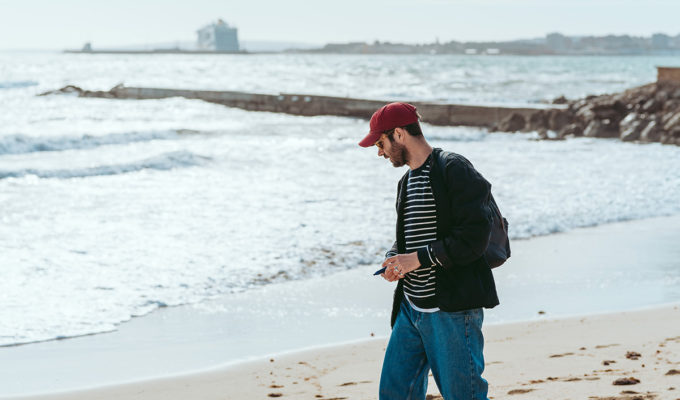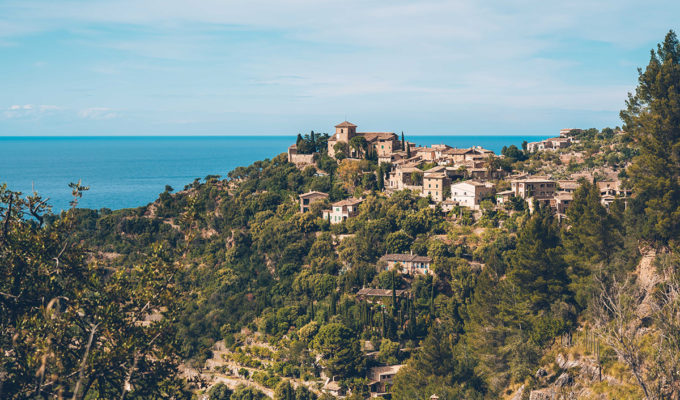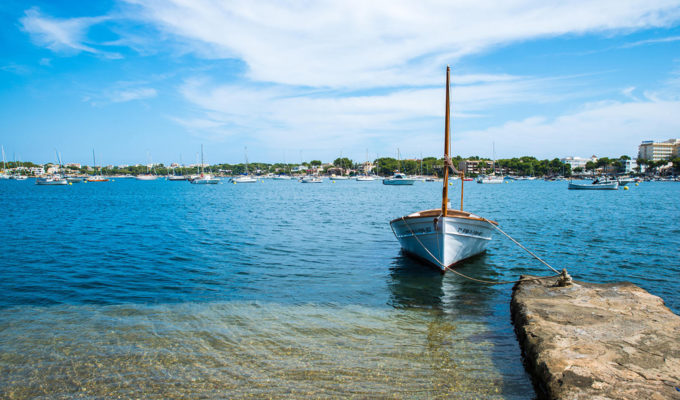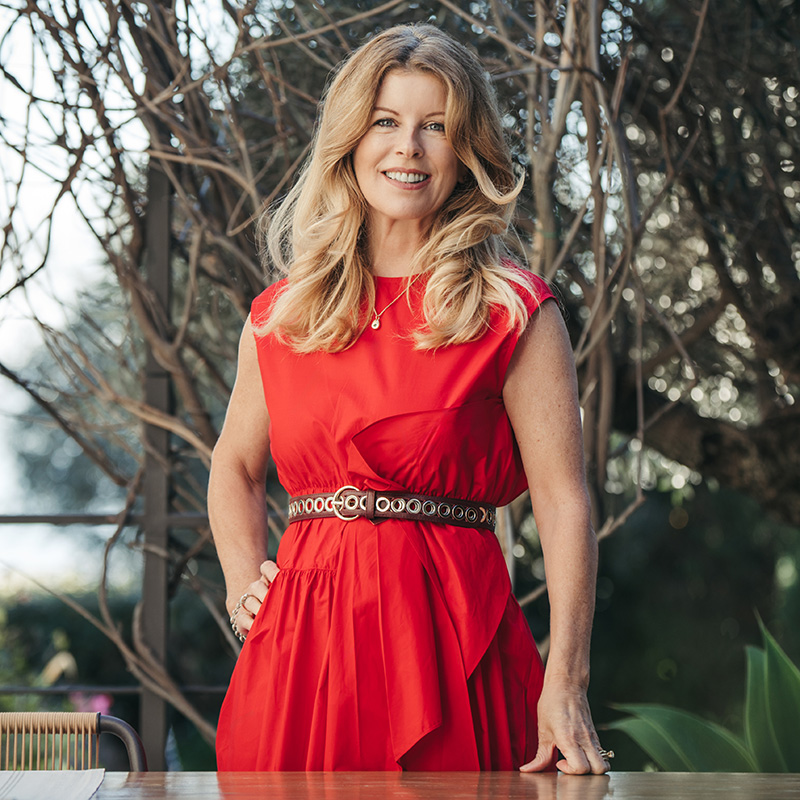
More and more real estate owners of the island have chosen to follow the Mallorcan tradition of the multi-residence model: first, they own a townhouse in Santa Catalina, for example, and then buy a country house in the Tramuntana.
Finca owners from the middle of the island look for their summer residence in places such as Son Serra de Marina and those who can, invest into everything: from city apartments to mountain retreats or villas by the sea.
The social structure and network on Mallorca is based around three key pillars: family connections, school friends or neighbours from their summer holidays. The summer months are long in Mallorca and therefore the summer holidays for kids last at least two months. To make these hotter days with the family more pleasant, locals flee to their summer residences to escape. These are normally located in the “Colonia” – short for Colonia de Sant Jordi, or at the “Puerto” like Puerto Pollensa, Puerto Colom and Puerto de Sóller as well as Andratx and Arenal which are also popular holiday retreats. Here, friendships are made for life that last for generations.
“Life as an islander follows its own laws,” says Gabriel Matheu Noguera, “they have a very special culture. Due to the geographic situation of being an island, the coexistence between locals is strong but can therefore, sometimes be limited”, he laughs. Historically, the values on the island have undergone a massive change, which also draws on the hierarchical structure of Mallorcan families.
It is important to understand one thing: “Everything that came from the sea did not necessarily bode well for the locals!” Gabriel comments. “Pirates and diseases, but also alcohol, cigarettes and tights,” he says with a wink. In addition, on the coast was the land that you could not cultivate, so it was “worthless”. As a result, the first-born inherited the fincas in the centre of the island, and the women or younger siblings, the land by the sea
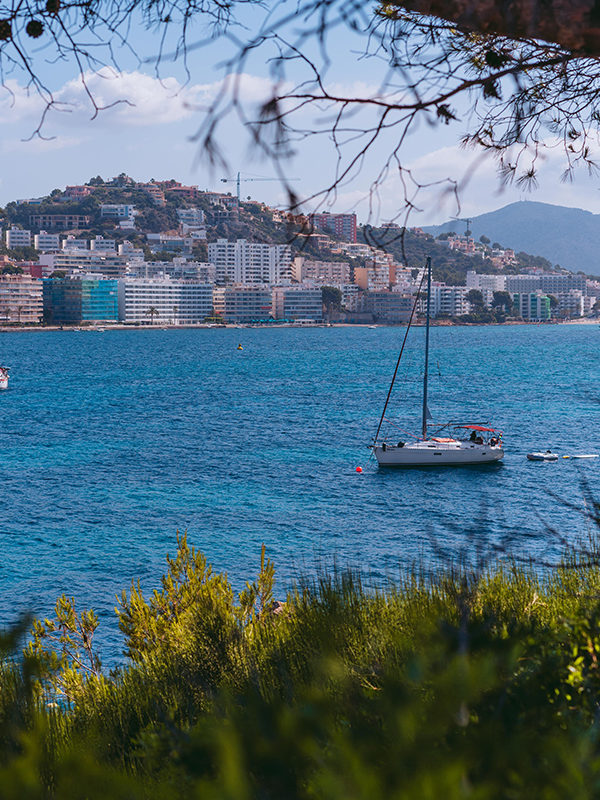
According to local residents, Santa Ponsa has the best weather on the island. Find out why people choose to move to this part of Mallorca.
Read More →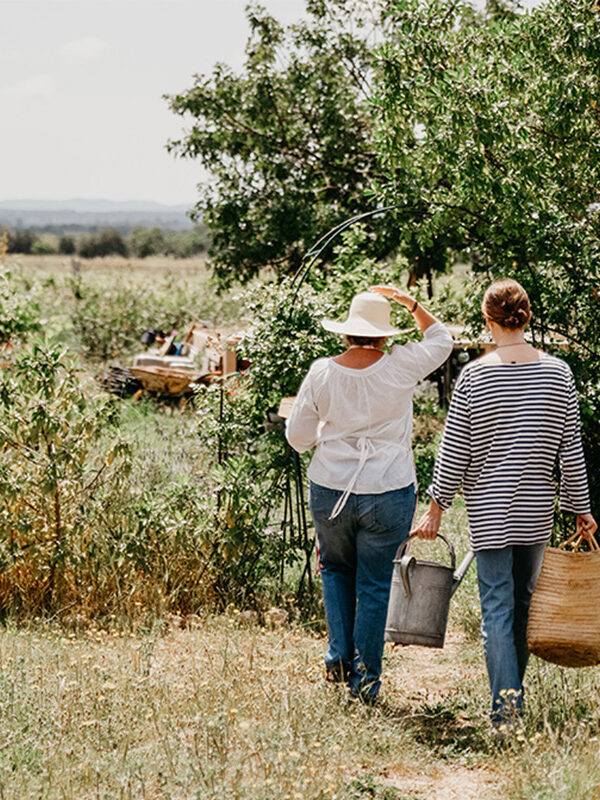
Travel over land and sea to each of Mallorca’s radiant regions, where you will find the best places to buy property and enjoy the Mediterranean lifestyle.
Read More →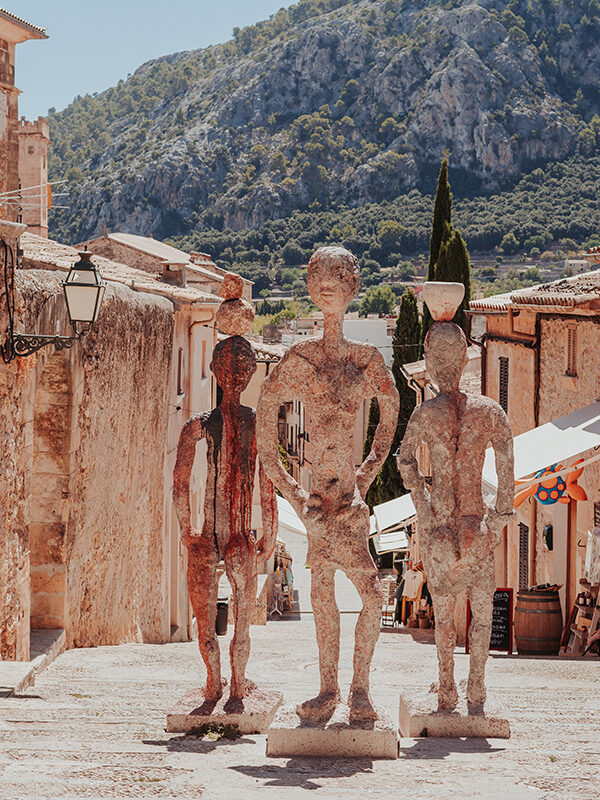
Pollensa is one of Mallorca’s prettiest towns where its residents enjoy a tranquil life, hiking up Puig de Maria at weekends and taking in beautiful views.
Read More →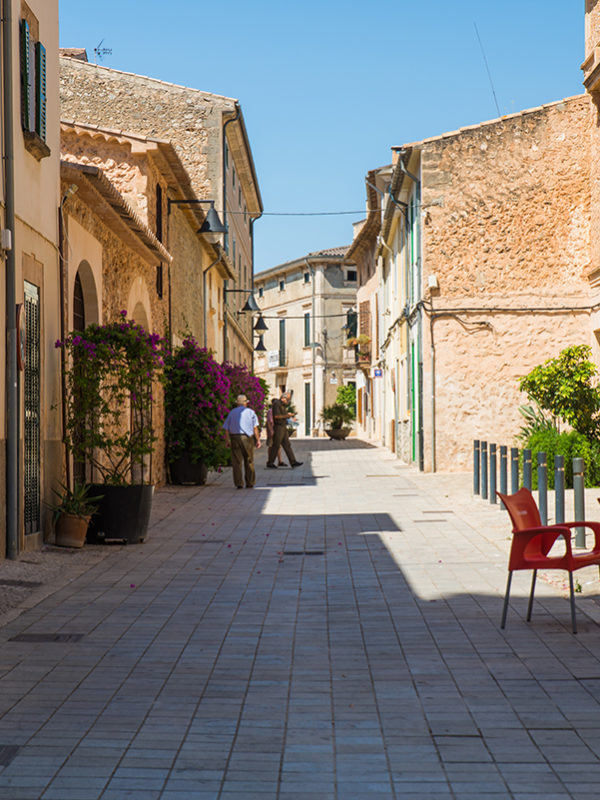
Your guide to Santa María in Mallorca. We cover all the highlights of living in this small town giving you insider tips from a local’s perspective.
Read More →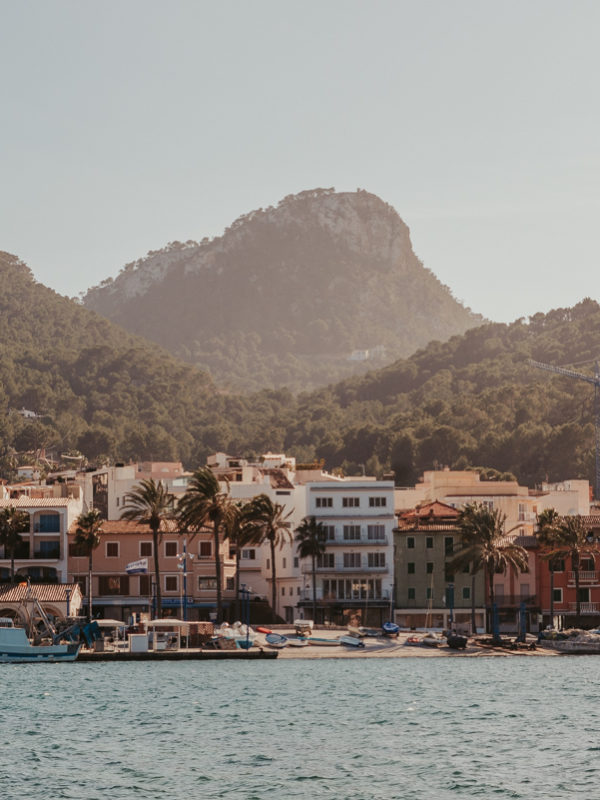
Port Andratx is home to some of Mallorca’s most sought after luxury villas and holiday apartments as well as a vibrant port and plenty of great restaurants by the sea.
Read More →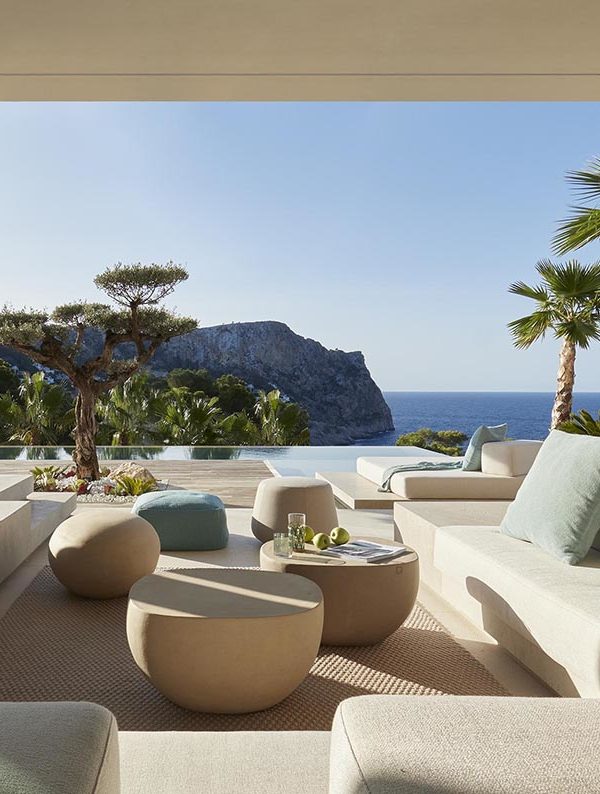
Find the best place to live on Mallorca. Get to know the unique characteristic of each region and which town or village could fit perfectly with your wishes.
Read More →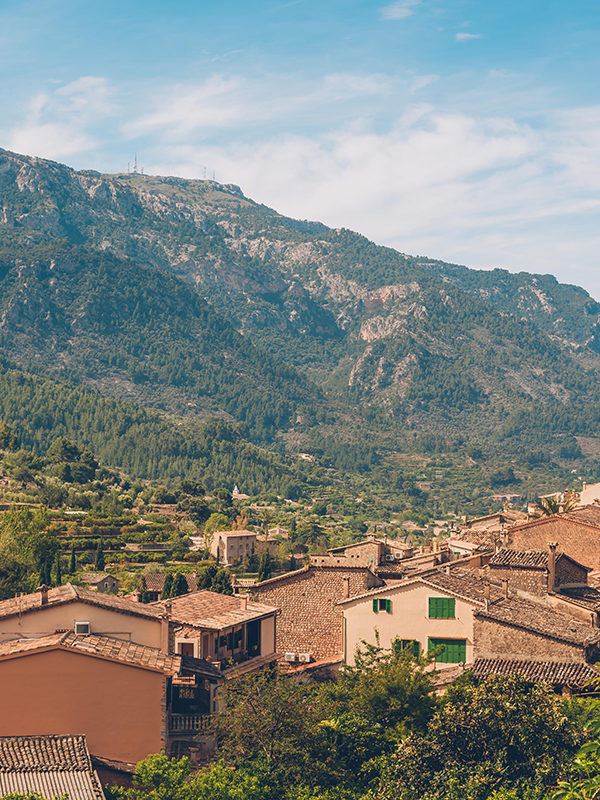
Did your favourite town in Mallorca make the list? Check out Helen Cummins’ selection of the prettiest towns on the beautiful island of Mallorca.
Read More →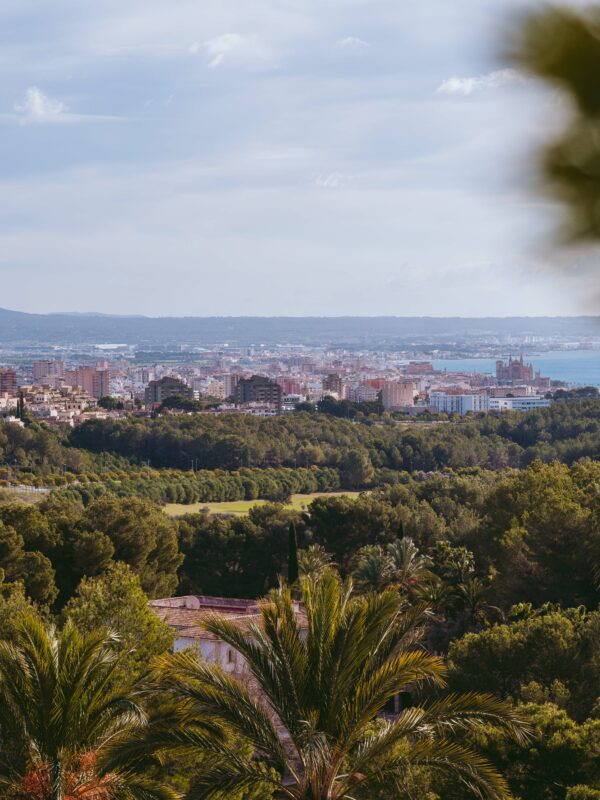
Only in Son Vida will you find Mallorca’s best golf courses and most exclusive villas. Find out more in this informative guide by resident herself, Helen Cummins.
Read More →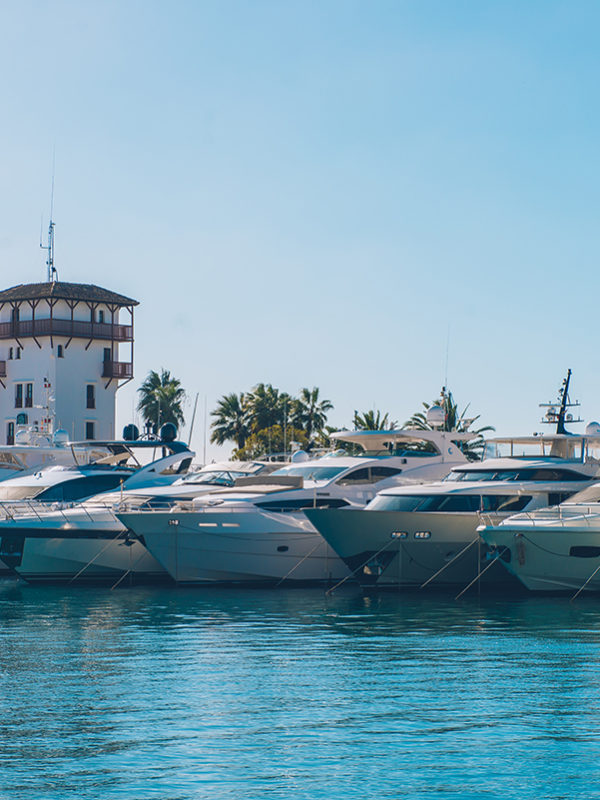
Glamorous, opulent & elegant, the prestigious Puerto Portals in beautiful bay of Palma, just a 10-minute drive from the city, is one of Mallorca’s most luxurious marina complexes.
Read More →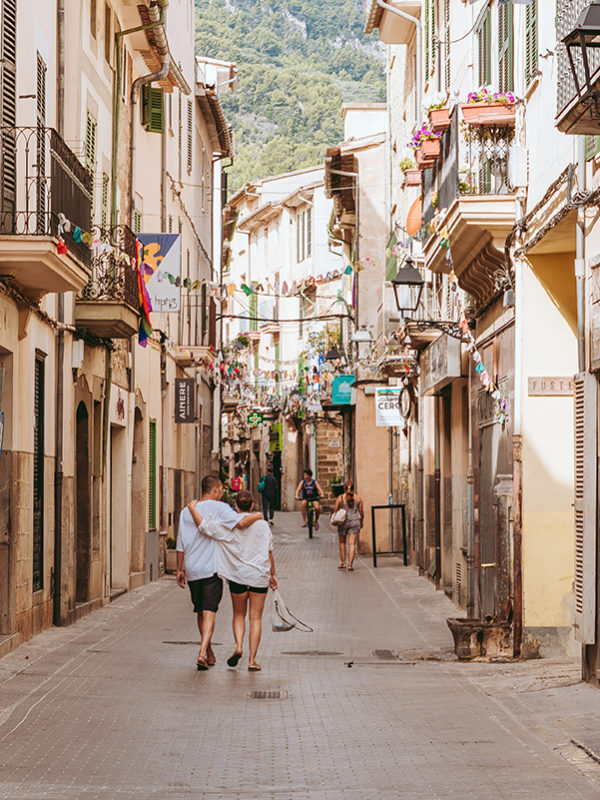
Sóller has an abundance of good things. Discover them all; from hotels and restaurants to the event calendar, and what it’s like living there.
Read More →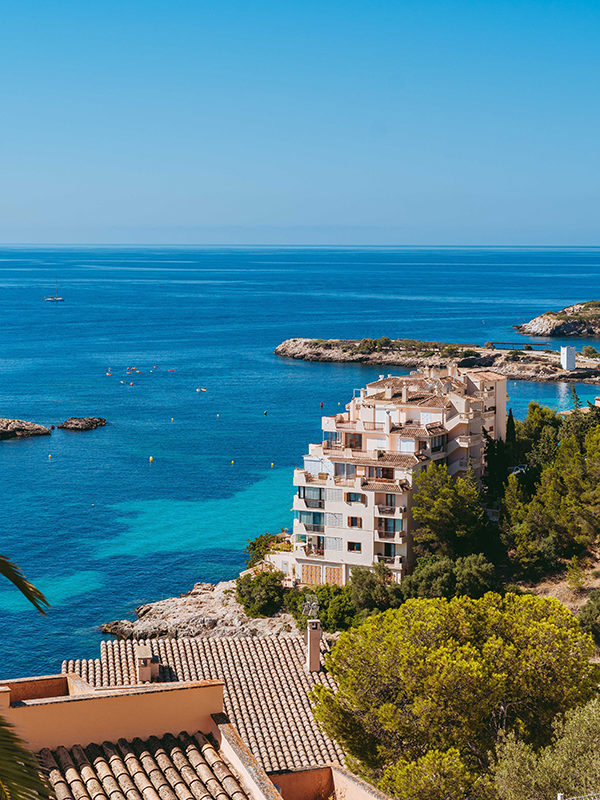
With its abundance of luxury villas, world-class golfing and air of serenity, the neighbourhood of Bendinat stands out as one of Mallorca’s most exclusive.
Read More →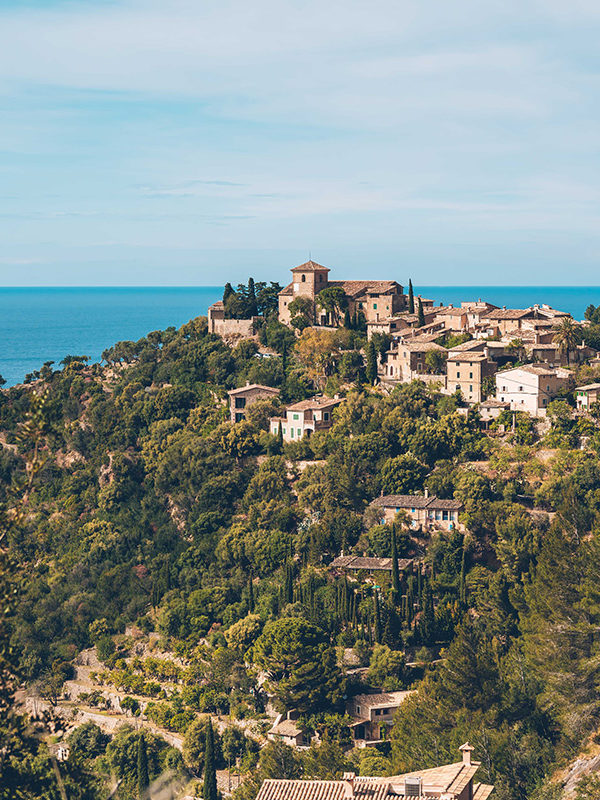
Majestic mountains and picturesque villages form the Serra de Tramuntana, where many people choose to escape the rat race and enjoy tranquility.
Read More →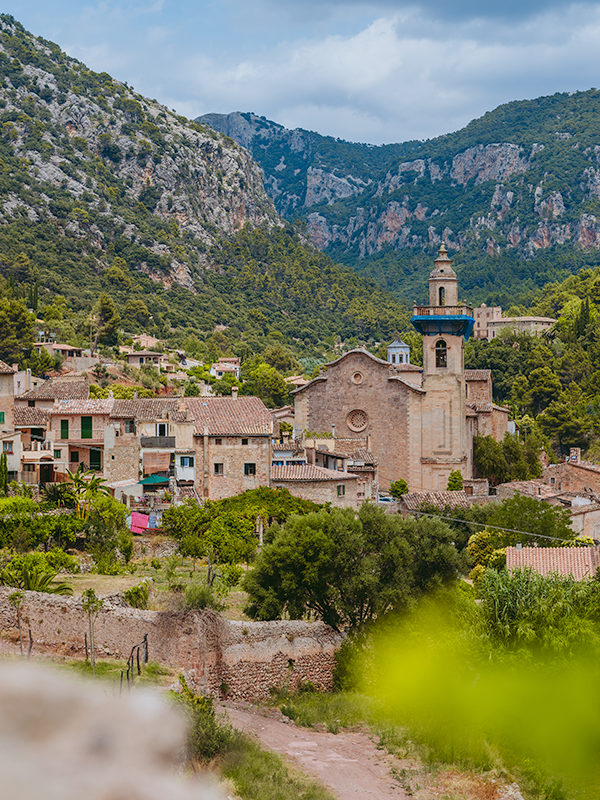
Discover Valldemossa, Mallorca’s most enchanting mountain town; it’s rich heritage and preservation of local culture makes it a truly inspiring place to live.
Read More →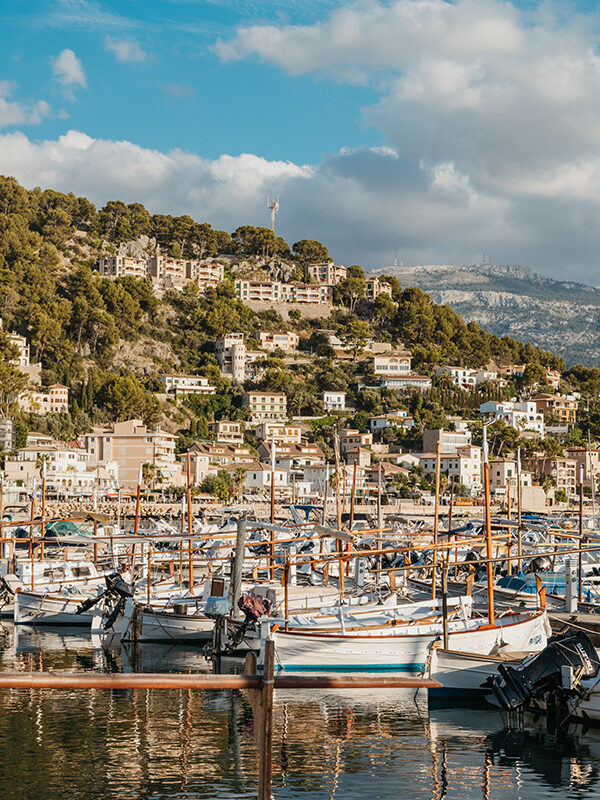
Curious about seaside living in Mallorca’s Golden Valley? Our guide uncovers Port Sóller’s many charms, from hotels and restaurants to property.
Read More →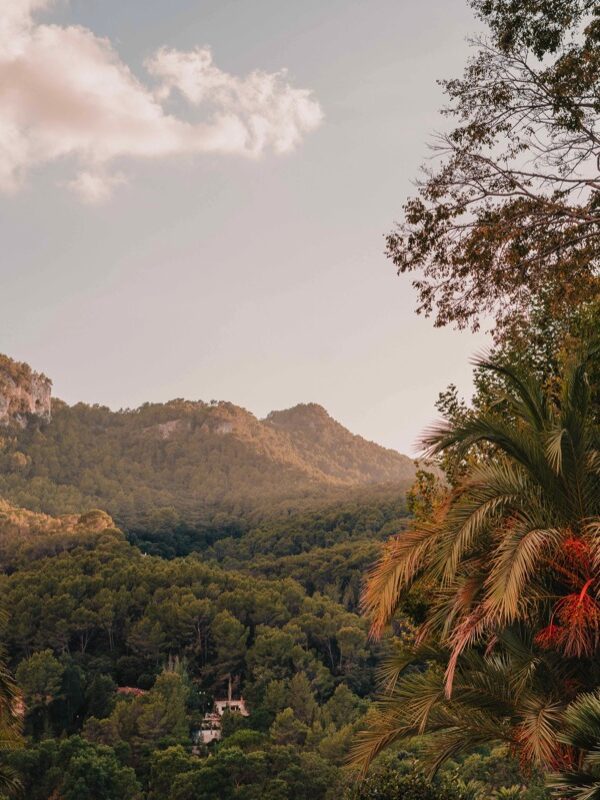
Find out all you need to know about Puigpunyent in Mallorca with this guide covering everything from must-see spots to what it’s like living there!
Read More →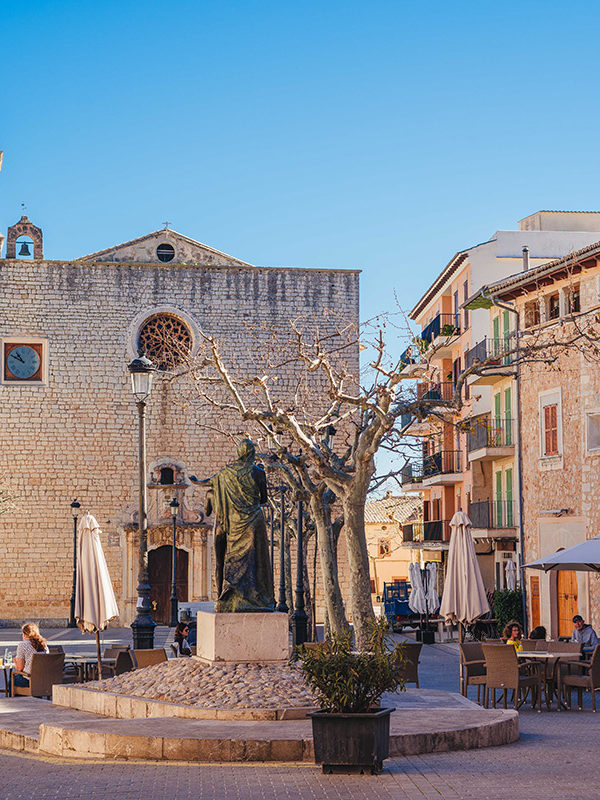
Find out all you need to know about Alaró in Mallorca. From living in the area to the town’s best hotels, restaurants and local events.
Read More →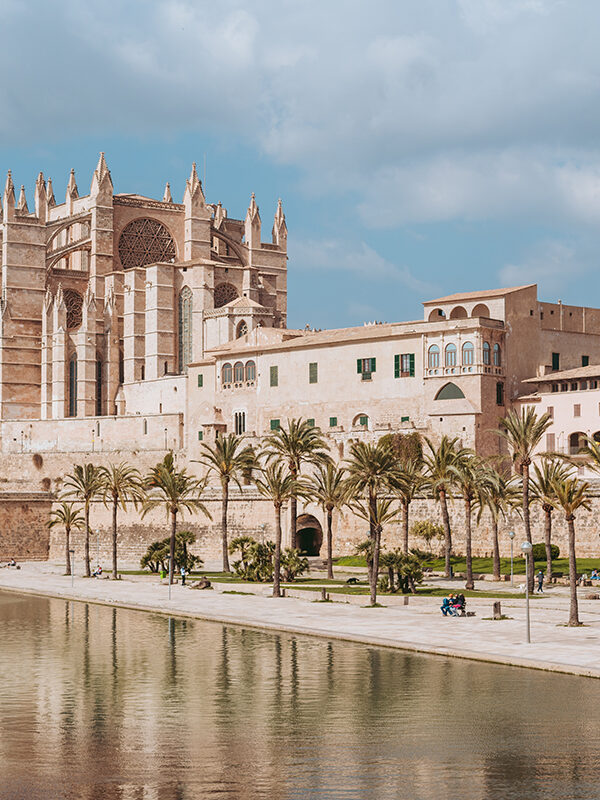
Palma de Mallorca is a city full of surprises. Move to Mallorca’s capital and discover the very best of what the island has to offer.
Read More →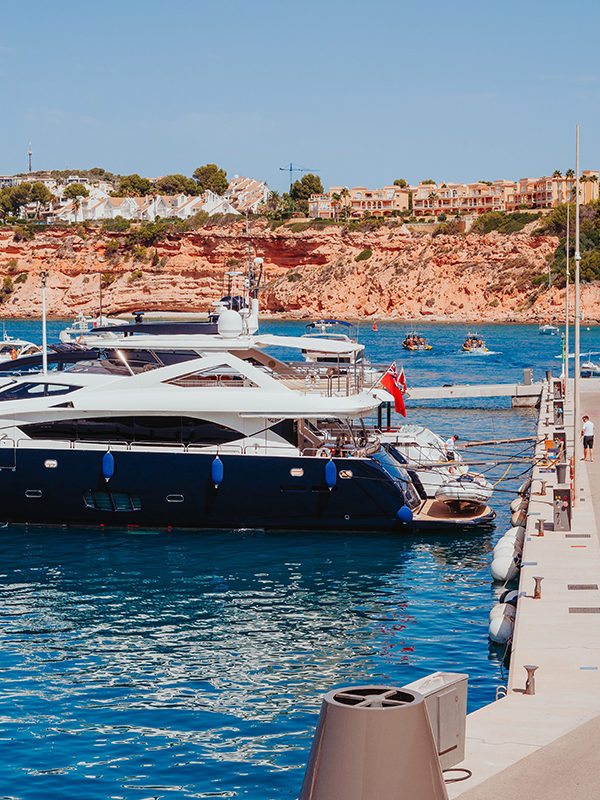
As well as being home to one of Europe’s most modern marinas, Port Adriano offers an outdoor lifestyle, cultural events and great dining on your doorstep.
Read More →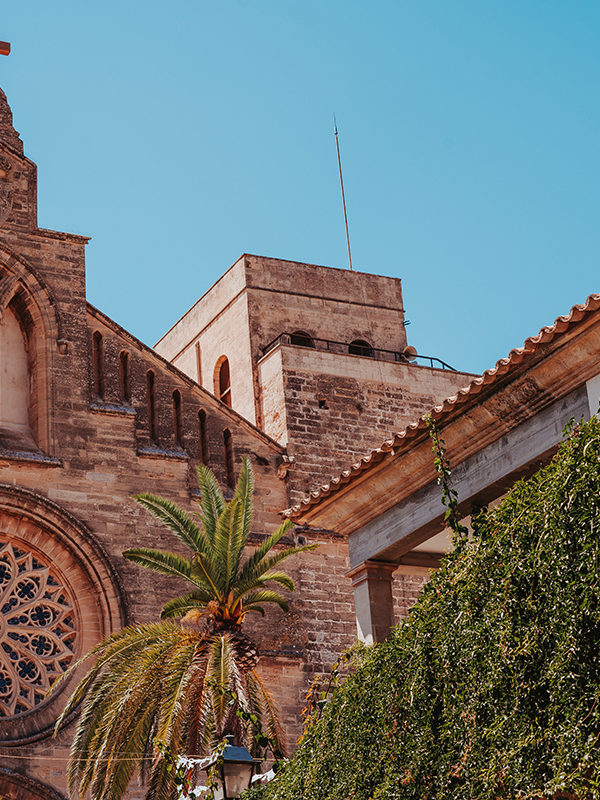
Step inside Alcúdia’s medieval walls and you’ll find a vibrant place to live with its huge cycling scene and buzzing restaurant life.
Read More →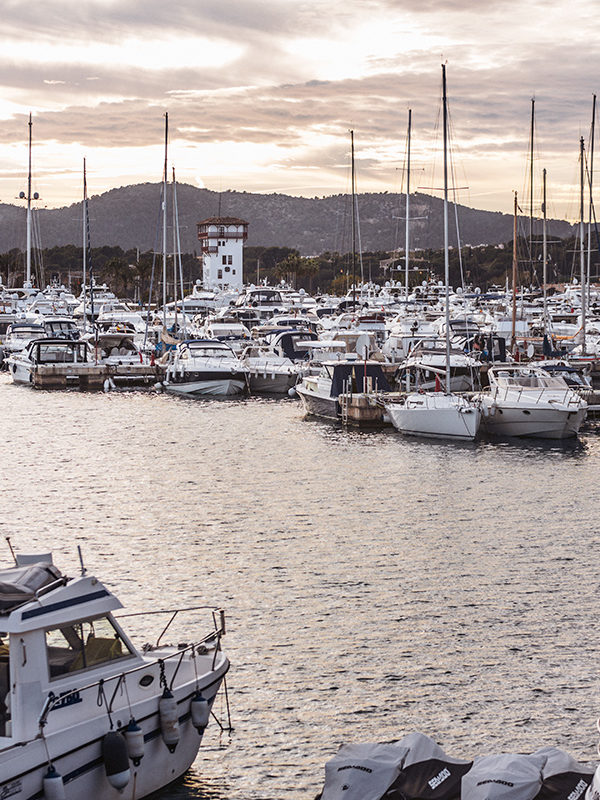
Portals Nous is home to a friendly cosmopolitan community, whose town is livened up by the summer swell and luxury yacht marina on their doorstep.
Read More →
Set in a particularly pretty corner of the Tramuntana mountains, the traditional village of Deià combines picture postcard images with high-society connections.
Read More →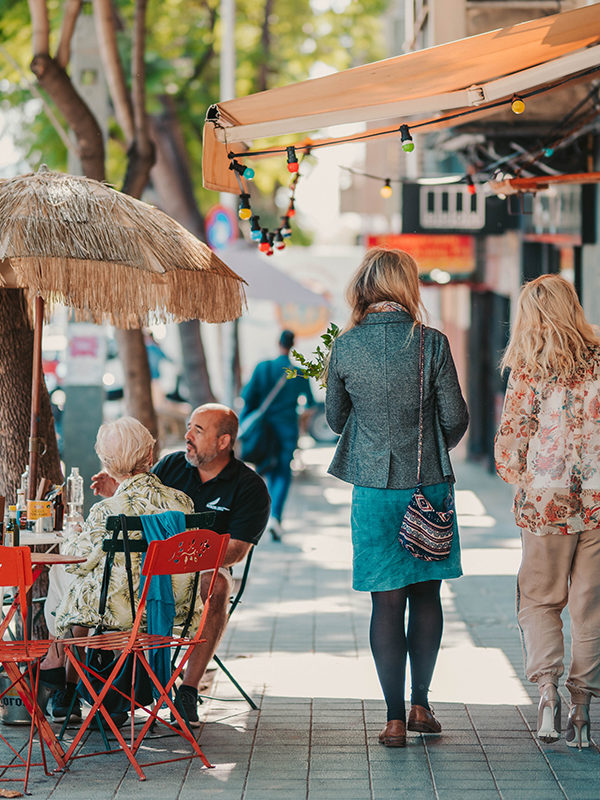
Santa Catalina has it all. Find out everything you need to know about living in Palma’s buzziest neighbourhood in this definitive area guide.
Read More →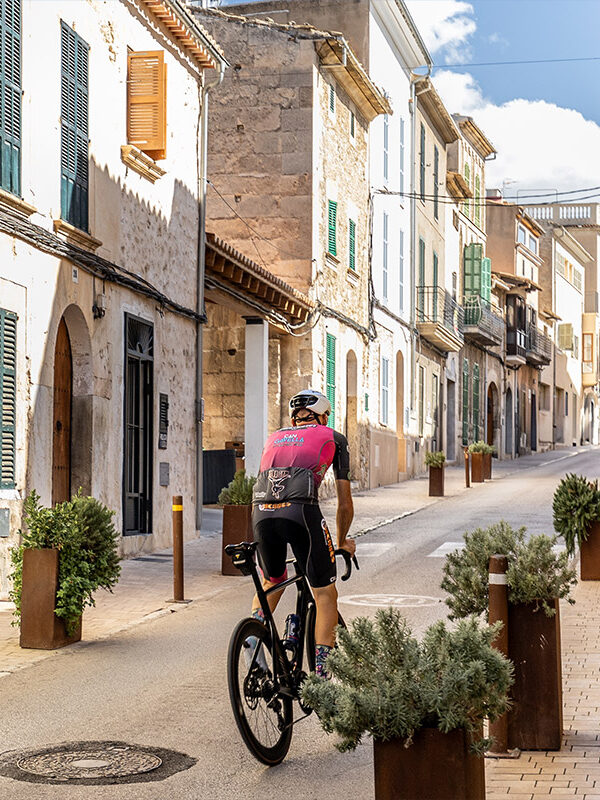
Glimpse into Mallorca’s past in Campanet, a small pueblo with great beauty, history, and majesty in this guide to enjoying the area.
Read More →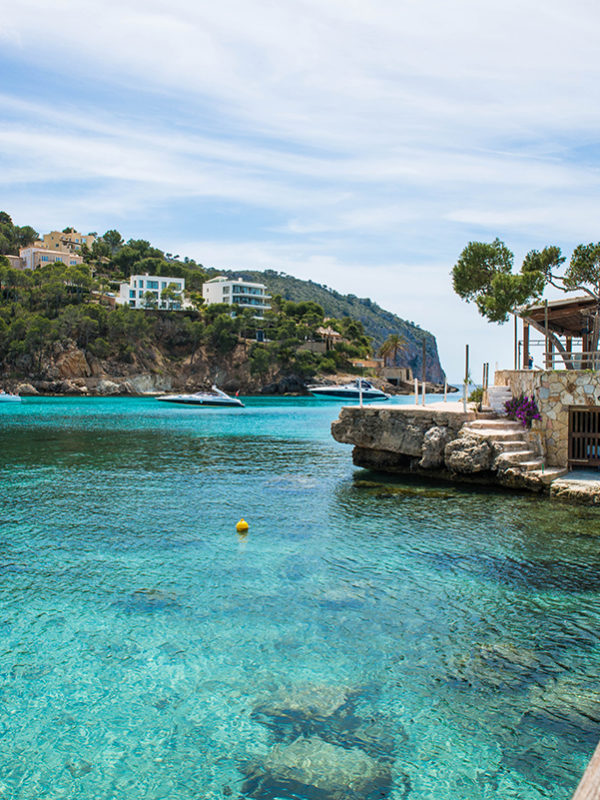
Part of the dreamy appeal of living in Camp de Mar is the white sandy beach and its luxury properties situated on the hillside.
Read More →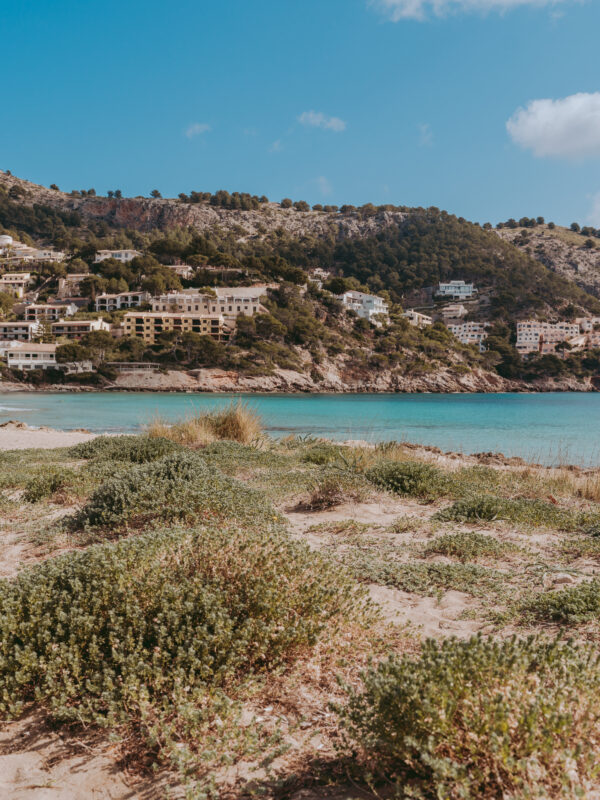
No longer just a sleepy little paradise, Canyamel has grown into one of Mallorca’s most luxurious place to invest in property.
Read More →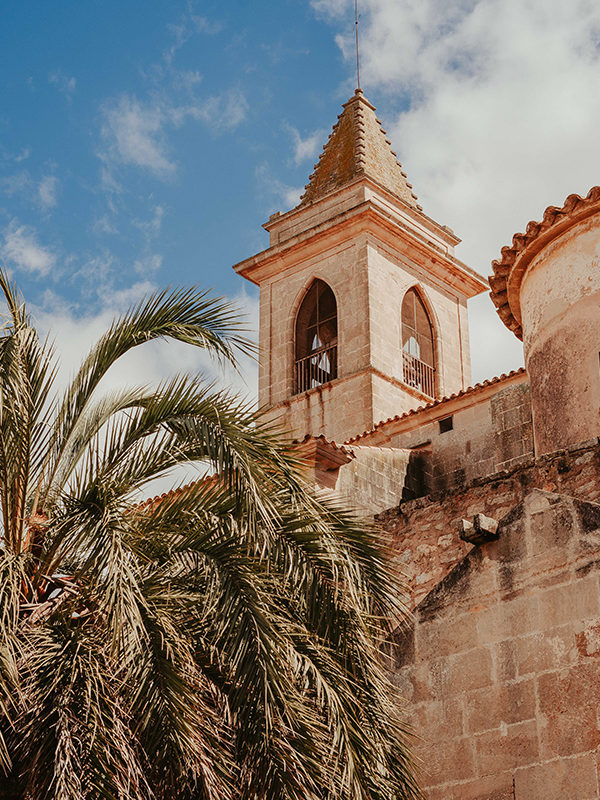
Find out all you need to know about Santanyí in Mallorca. From living in the area to the town’s best hotels, restaurants and local events.
Read More →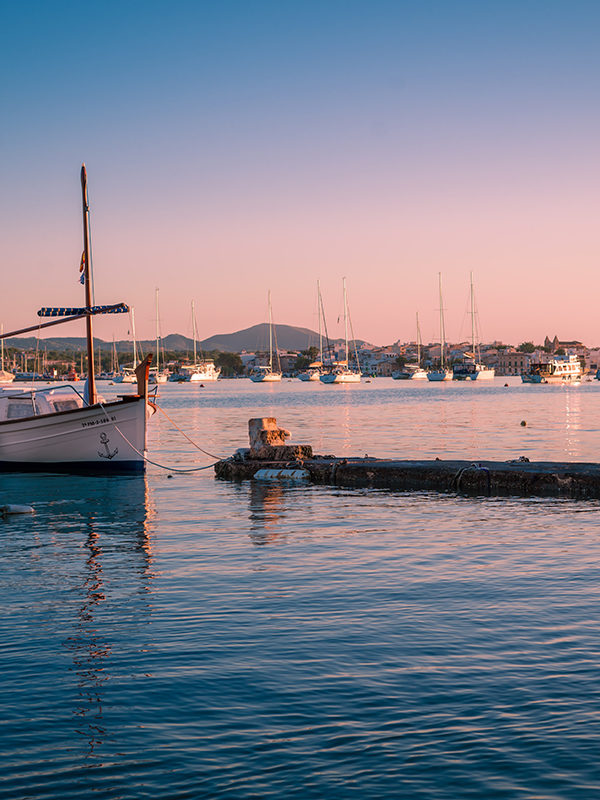
Portocolom is lovely east coast fishing village with maritime spirit – attractive to many who wish to move to Mallorca for its slower pace of life.
Read More →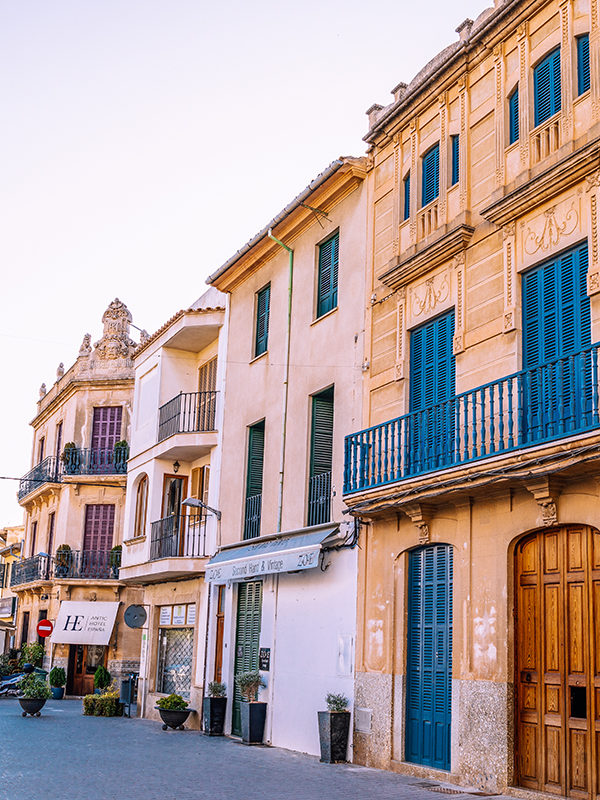
If you are searching for an authentic town in which to live traditional Mallorcan culture, you will be hard pushed to beat what Llucmajor offers.
Read More →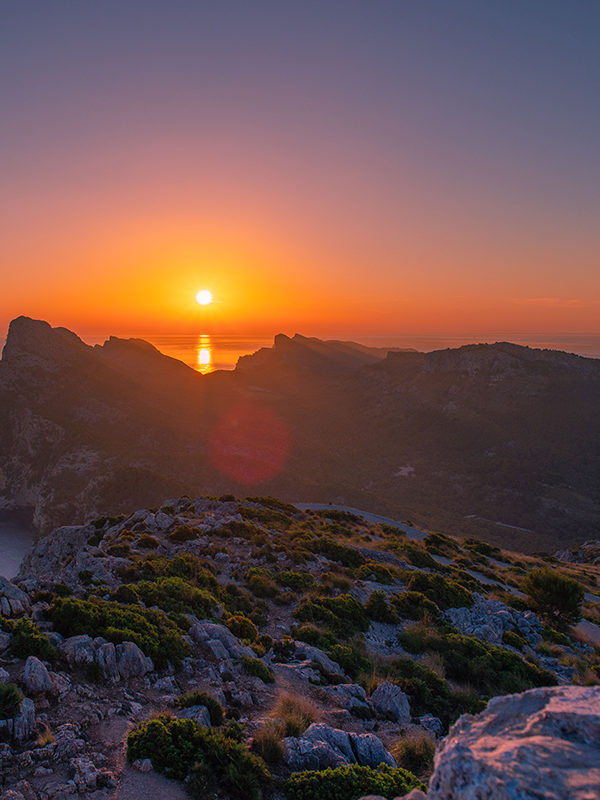
While Formentor attracts a lot of visitors in the summer months, it is loved for its peaceful state, sheltered by Tramuntana pines and high rocks.
Read More →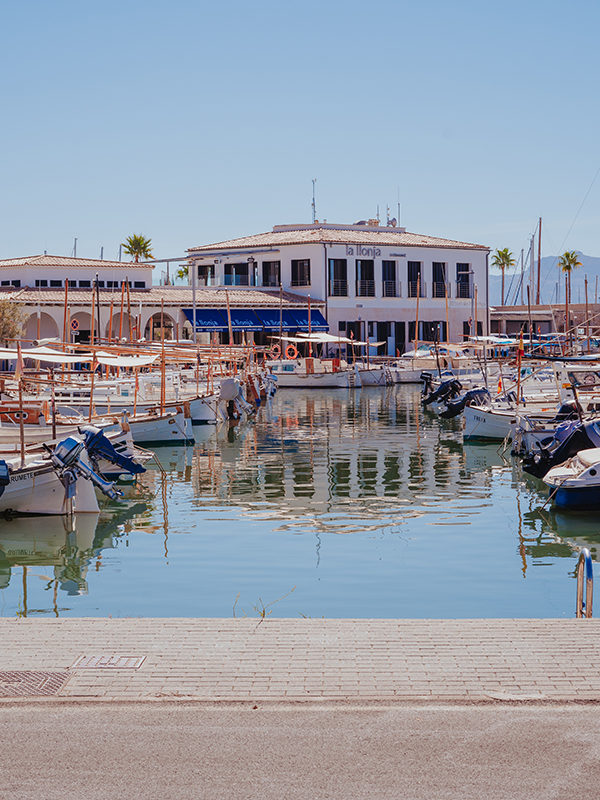
A family-friendly holiday resort for many years, Puerto Pollensa is now attracted a growing population of ex-pats to its stunning shores.
Read More →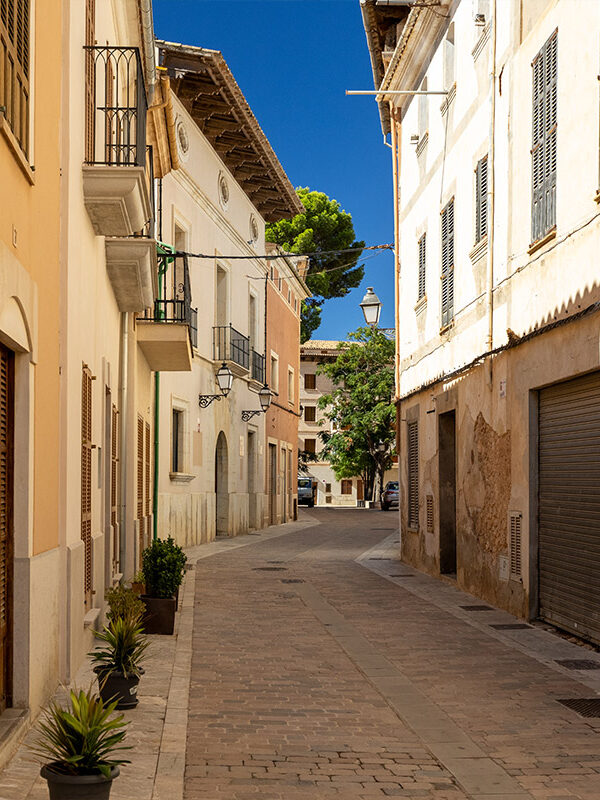
From infamous beaches to quiet streets, Campos offers proximity to the best of Mallorca. Explore our favourite restaurants, hotels, and things to do near Campos.
Read More →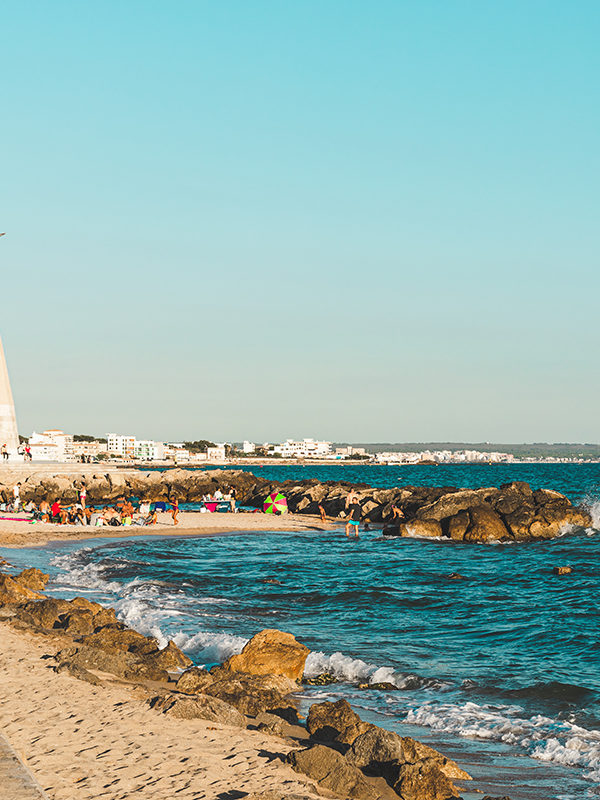
Portixol and its El Molinar neighbourhood have evolved from their fishing heritage into one of the most buzzing and desirable seaside spots on Mallorca.
Read More →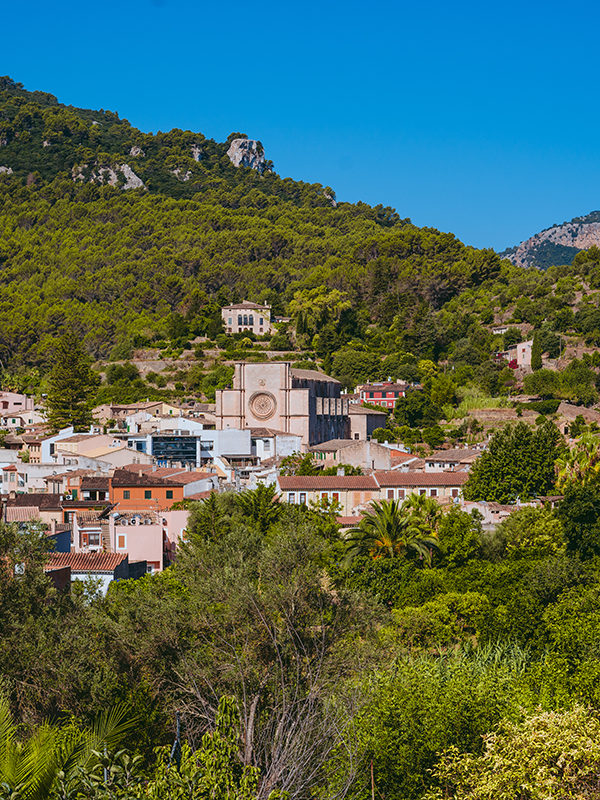
Those with a passion for wine and olive production love living in Esporles, given it has some of the best terrain the island has to offer.
Read More →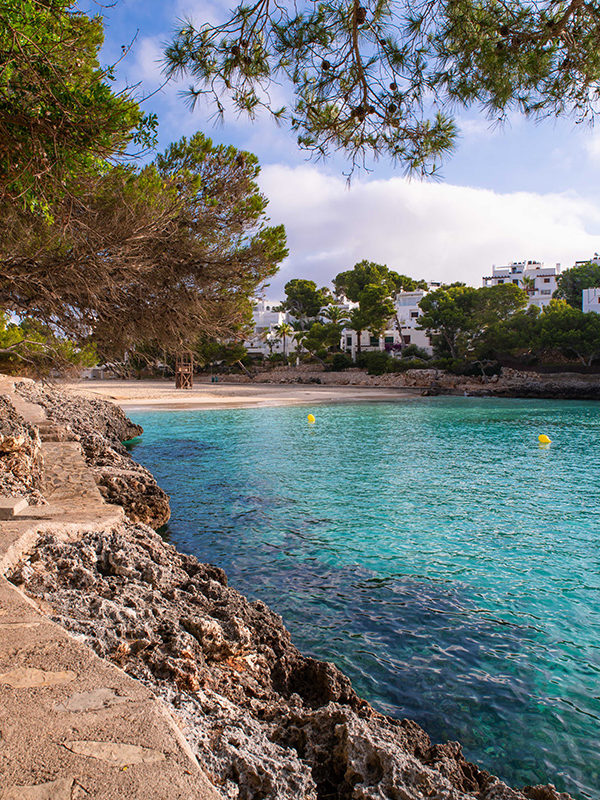
Cala d’Or aces the average resort. Find out what’s good with our guide to hotels, restaurants and the property scene.
Read More →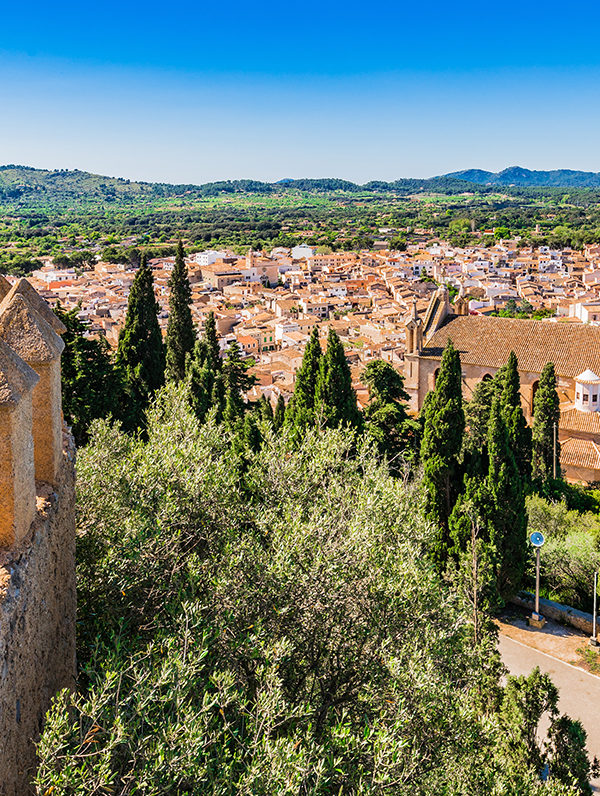
Artà is full of surprises; naturally reflecting its seamless blend of nature, heritage, tradition and modernity, it really is a uniquely special corner of Mallorca.
Read More →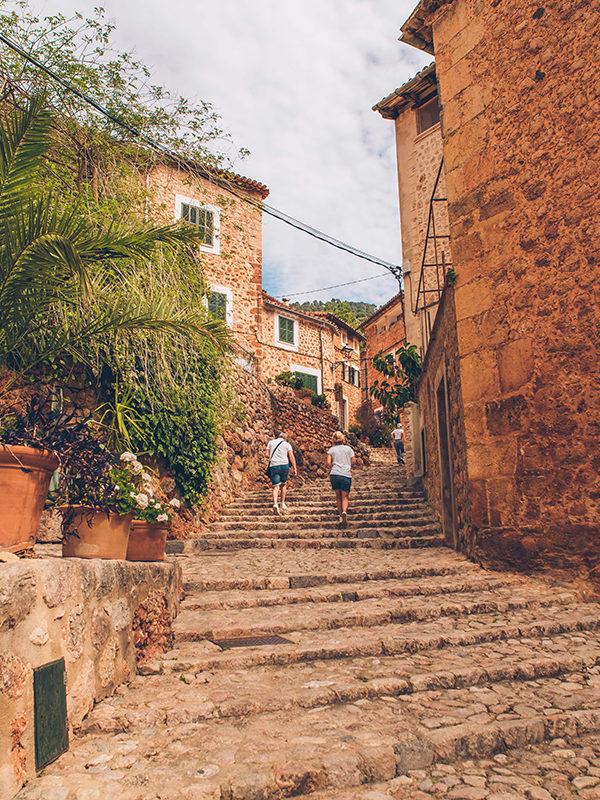
Fornalutx, known as Mallorca’s prettiest village, lies in a declivity amongst the highest mountains of the Serra de Tramuntana mountain range in Mallorca.
Read More →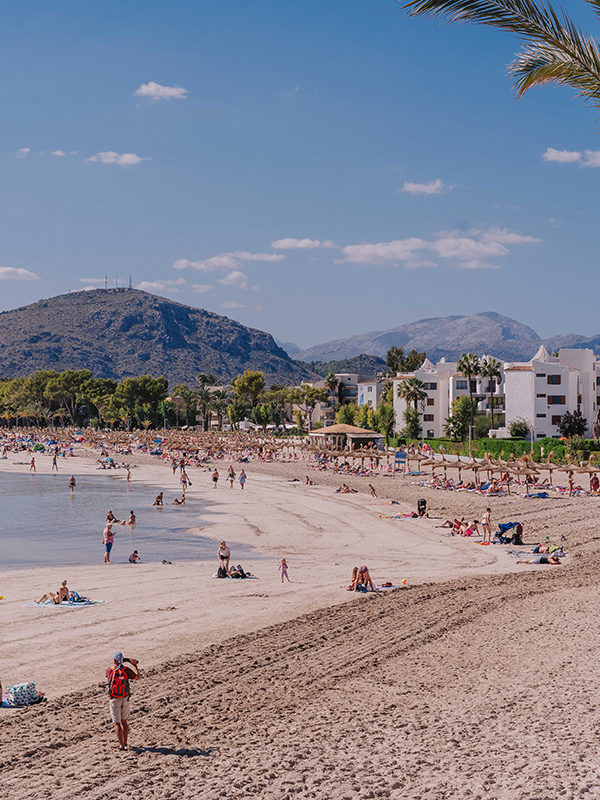
Port d’Alcúdia offers an active lifestyle for cycling and hiking types, providing the ideal location for families to move to and enjoy Mallorca.
Read More →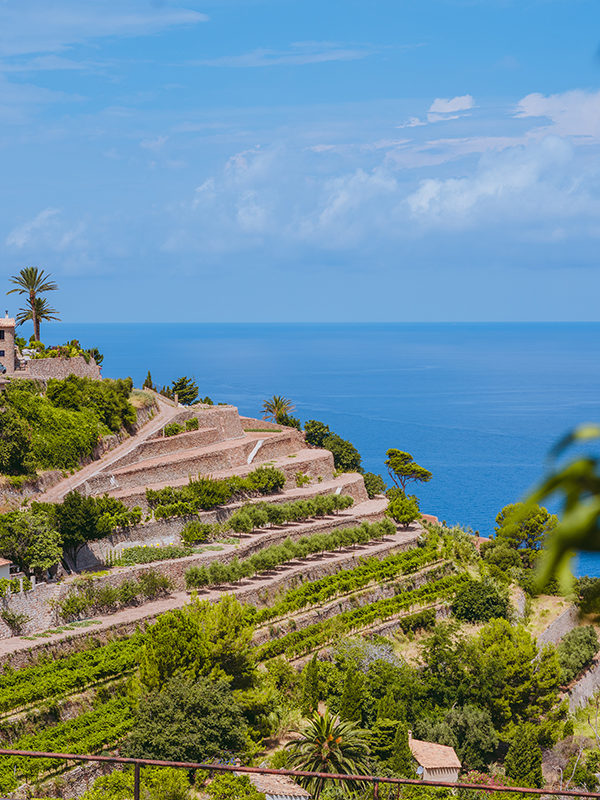
Thanks to its UNESCO protection, living in Banyalbufar is like living in a time warp. A small but quaint Mallorcan village surrounded by mountains and sea.
Read More →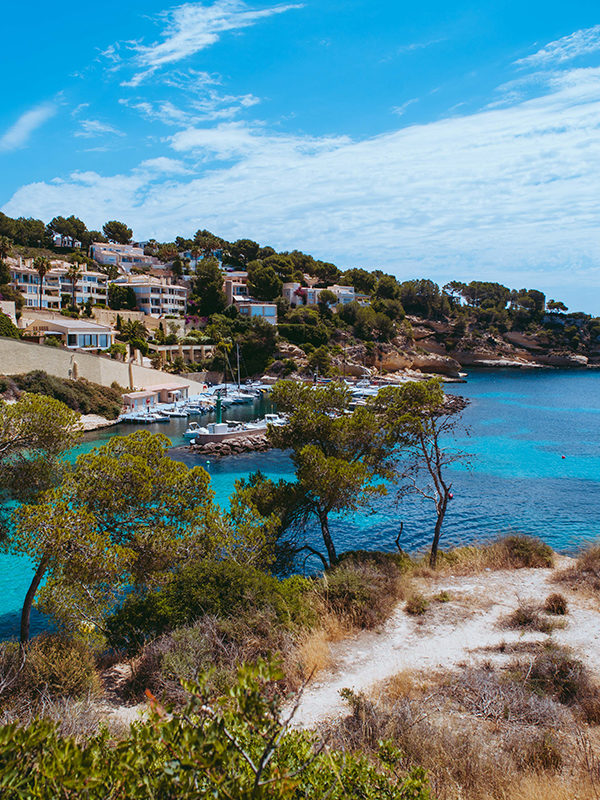
Sol de Mallorca’s tranquillity, sublimely luxurious homes, beautiful virgin bays and sweet pine saturated surroundings offers an alluring life in Mallorca.
Read More →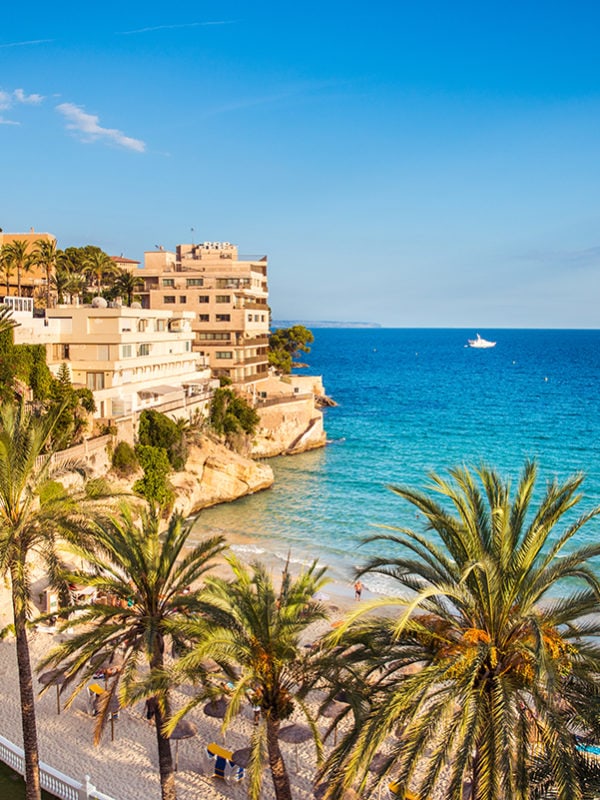
From its low-key resorts to exclusive hilltop community, this lively coastal region benefits from proximity to Palma as well as a beautiful coastline.
Read More →With the increasing number of tourists in the 50’s the first sunbathers came, and later the real estate boom. Bikinis and sunbathing are another phenomenon that seems strange to the typical Mallorcan person, as they prefer to hide in the shade when the sun is out. Even today you see Mallorcans lingering on the beach, but mostly in the shady parts or beneath a parasol. So alien was sunbathing to the Mallorcan people that they installed huge changing rooms along the beach leaving very little space on the sand to actually sunbathe. This can be clearly seen in the photograph of Caló des Macs in Cas Catalá.
Mallorcan people are also very practical in their choice of summer residence – it is usually not too far from their permanent residence for a simple reason. “Going from one end of the island to the other was like a little trip around the world. There were almost no train services and if there were, they went so slowly that you could have a dip in the sea while the train stopped at a station,” Gabriel continues. Distances still have a different meaning for a local today than, for example, a city dweller, who thinks nothing of a journey of 30-45 minutes to get to work every day! This is a journey that a Mallorcan prefers not to do, even on holiday on their own island.
Through the generations, Mallorcan family members divide their time amongst themselves, for example, the sister will spend the whole month of July in the house by the sea, and in August, the brother. In some cases, however, the structure does not work: “In my family, this was a nightmare. A sibling did not respect the agreements and suddenly appeared without notice or cut down trees without consultation,” a Mallorcan lady remembers. “Some of the siblings invest in the preservation of the property, others do not contribute a cent.” This family story is not uncommon and, in most cases, results in the property being sold eventually.
The tendency to sell also increases when there is a disagreement as to who will take care of the management of the whole property, or whether they can afford to do it.The responsibility to refurbish and maintain these properties is now being assumed by investors with an international background. They come from Norway, Britain, Germany and Sweden and throw themselves at the task with great pleasure and dedication as they believe that life on the island is a dream whether it is in Palma, in the mountain villages or by the sea!



